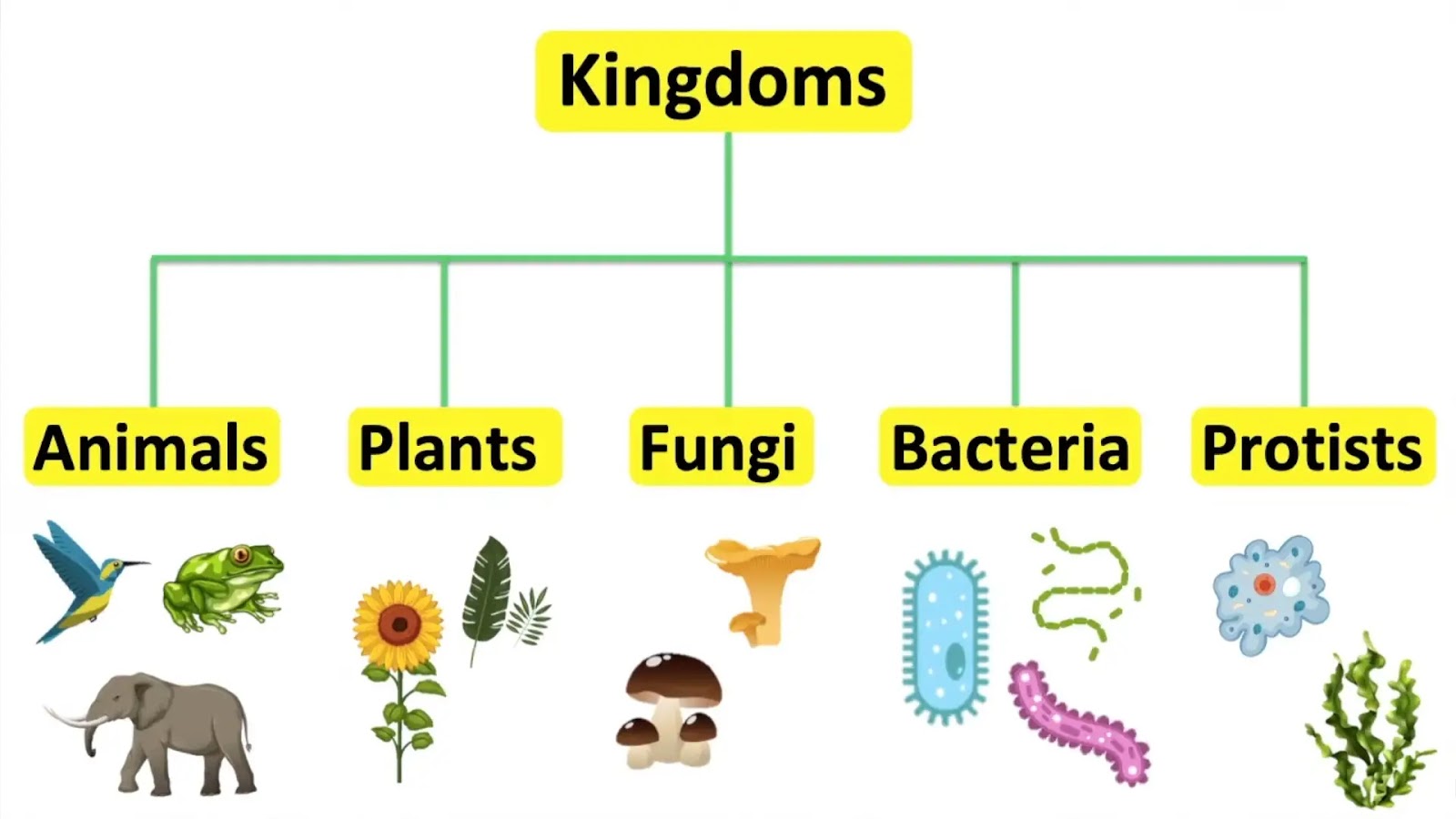-

CAM plants
CAM (Crassulacean Acid Metabolism) plants have evolved a specialized carbon fixation pathway that allows them to carry out photosynthesis while minimizing water loss, making them well adapted to arid and semi-arid environments. Their ability to store water in their leaves, stems, and roots, along with their thick, waxy leaves and shallow root system, helps them…
-

Five Kingdom Classification of Whittaker
Introduction Kingdom Monera Kingdom Protista Kingdom Fungi Kingdom Plantae Kingdom Animalia Conclusion
-

Morphology of Plant
The study of plant morphology is the study of the structure and form of plants. It encompasses the organization of plant tissues, the structure and function of roots, stems, leaves, and flowers, and the processes of photosynthesis and reproduction. Understanding plant morphology is essential for comprehending the interactions between plants and their environment, as well…
-

Photosynthesis
Photosynthesis is a fundamental process that occurs in green plants and other photosynthetic organisms. It is the process by which light energy is converted into chemical energy in the form of glucose and other organic compounds. This energy is then used to fuel the metabolic processes of the organism. Photosynthesis is vital to the survival…
-
C4 Plants
C4 plants have evolved a unique mechanism for carbon fixation that allows them to efficiently produce glucose in hot and dry environments. This mechanism, known as the C4 pathway, involves the spatial separation of carbon dioxide fixation and the Calvin cycle. The C4 pathway provides several ecological advantages to plants, including increased water use efficiency…
-

Calvin-Benson Cycle
The Calvin-Benson cycle is a fundamental process in photosynthesis, the metabolic pathway by which autotrophs, such as plants, algae, and some bacteria, convert light energy into chemical energy in the form of glucose. This cycle takes place in the chloroplasts of these organisms and is responsible for fixing carbon dioxide (CO2) from the atmosphere into…
-

Light Signaling in Plants
The article discusses the importance of light signaling in plants and its role in regulating various physiological and developmental processes. It covers topics such as phototropism, photomorphogenesis, photoperiodism, and the light-dependent and independent reactions of photosynthesis. The article provides a brief overview of each topic, explaining their significance in plant growth and survival.
Categories
- Anatomy (9)
- Animal Form and Functions (36)
- Animal Physiology (62)
- Biochemistry (32)
- Biophysics (15)
- Biotechnology (43)
- Botany (41)
- Plant morphology (6)
- Plant Physiology (26)
- Cell Biology (106)
- Cell Cycle (14)
- Cell Signaling (20)
- Chemistry (9)
- Developmental Biology (29)
- Fertilization (9)
- Ecology (5)
- Embryology (11)
- Endocrinology (10)
- Environmental biology (3)
- Genetics (58)
- DNA (26)
- Inheritance (12)
- Histology (3)
- Hormone (3)
- Immunology (29)
- life science (70)
- Material science (8)
- Microbiology (18)
- Virus (8)
- Microscopy (8)
- Molecular Biology (110)
- parasitology (6)
- Physics (3)
- Physiology (11)
- Plant biology (25)
- Uncategorized (7)
- Zoology (108)
- Classification (6)
- Invertebrate (7)



